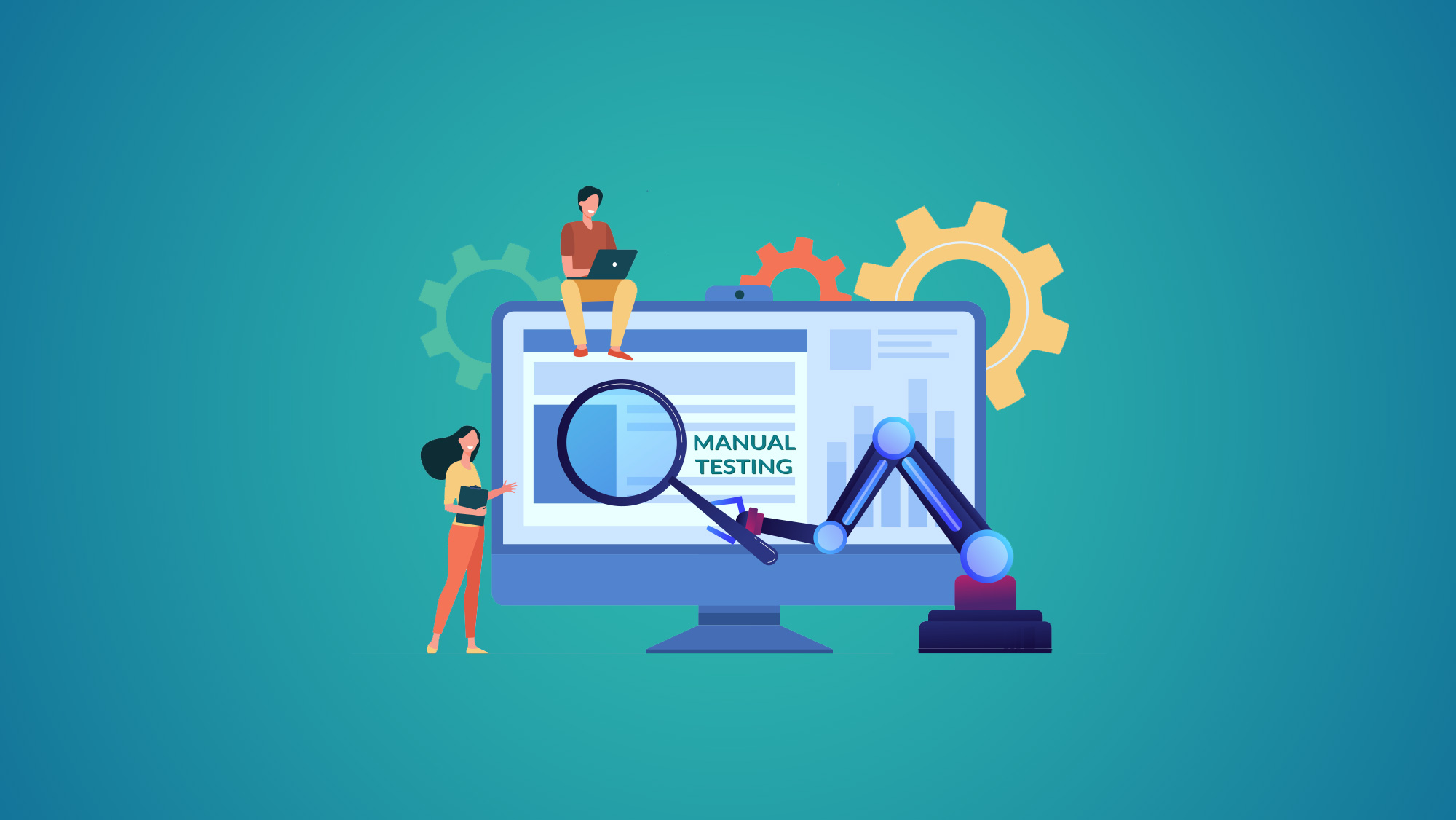The Art of Manual Testing: Techniques and Strategies for Success
Introduction:
Manual testing is a craft that requires a unique set of skills, experience, and intuition. While automation has gained prominence, manual testing remains essential for uncovering complex issues and ensuring a seamless user experience. In this blog, we will delve into the art of manual testing, exploring a range of techniques and strategies that can lead to testing success. By mastering these approaches, you will enhance your testing prowess and contribute to the delivery of high-quality software.
1. Understanding the Importance of Manual Testing:
Begin by understanding the significance of manual testing in the software development lifecycle. Explore its role in complementing automated testing, detecting subtle issues, and evaluating user experience. Gain insights into the types of defects that can be discovered through manual testing and the unique value it brings to software quality assurance.
2. Test Planning and Preparation:
Learn the art of effective test planning and preparation. Understand how to define clear test objectives, identify test scenarios, and create comprehensive test plans. Explore techniques for prioritizing test cases based on risk and developing test coverage matrices. Emphasize the importance of traceability to ensure thorough testing.
3. Building Effective Test Cases:
Master the craft of building effective test cases in manual testing. Learn how to create clear and concise test steps, define precise expected results, and incorporate relevant test data. Understand the importance of boundary value analysis, equivalence partitioning, and other test design techniques to maximize test coverage.
4. Test Execution Techniques:
Explore various test execution techniques to uncover defects and validate software functionality. Learn how to execute test cases systematically, document test results accurately, and provide detailed defect reports. Discover exploratory testing, ad-hoc testing, and scenario-based testing to bring a creative and investigative approach to your testing efforts.
5. Regression Testing Strategies:
Regression testing is a critical aspect of manual testing. Understand the challenges associated with regression testing and explore strategies for effective regression test planning and execution. Learn how to identify critical regression test cases, prioritize them, and maintain regression test suites. Employ risk-based testing approaches to optimize regression testing efforts.
6. Usability Testing and User Experience Evaluation:
Embrace the art of evaluating usability and user experience through manual testing. Learn how to assess the intuitiveness, navigation, and overall user-friendliness of software applications. Explore techniques for conducting user-centric testing, gathering user feedback, and incorporating usability metrics into your testing process.
7. Error Guessing and Negative Testing:
Develop the skill of error guessing and negative testing. Understand how to think like an end-user and anticipate potential issues and error conditions. Learn techniques for challenging the system's behavior, inputting invalid data, and stress testing application limits. Uncover hidden defects and edge cases through this creative testing approach.
8. Communication and Collaboration:
Effective communication and collaboration are vital to succeed in manual testing. Explore techniques for clear and concise defect reporting, status updates, and documenting testing progress. Learn how to work closely with developers, business stakeholders, and fellow testers to align expectations, address concerns, and ensure effective testing outcomes.
9. Continuous Learning and Skill Enhancement:
The art of manual testing requires a mindset of continuous learning and skill enhancement. Discover resources and communities that foster professional growth. Stay updated with the latest industry trends, testing methodologies, and tools. Seek opportunities to expand your knowledge and explore certifications to validate your expertise.
10. Test Documentation and Knowledge Sharing:
Lastly, emphasize the importance of thorough test documentation and knowledge sharing. Learn how to create comprehensive test reports, maintain a test repository, and share testing insights with the wider team. Effective documentation ensures test repeatability, facilitates collaboration, and contributes to the overall success of the testing process.
Conclusion:
Mastering the art of manual testing requires a combination of technical skills, domain knowledge, and testing intuition. By adopting the techniques and strategies outlined in this blog, you can enhance your manual testing expertise and contribute to the success of software projects. Embrace the artistry of manual testing, refine your craft, and play a pivotal role in ensuring the delivery of high-quality software products.
You May Also Like
These Related Stories

Manual Testing Demystified: Building Expertise through Training

QTP Vs UFT: Which Automated Testing Tool is Right for You?




No Comments Yet
Let us know what you think